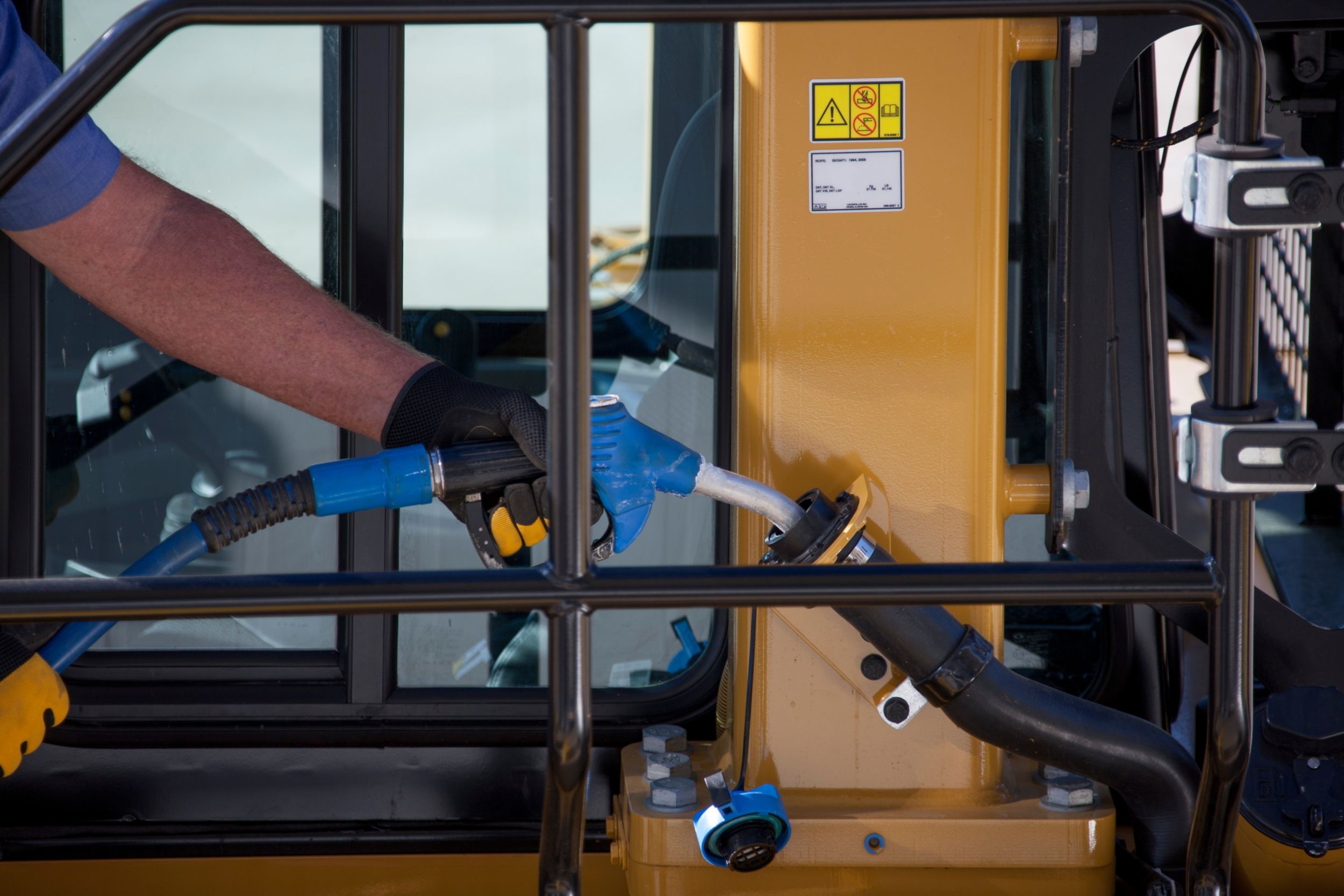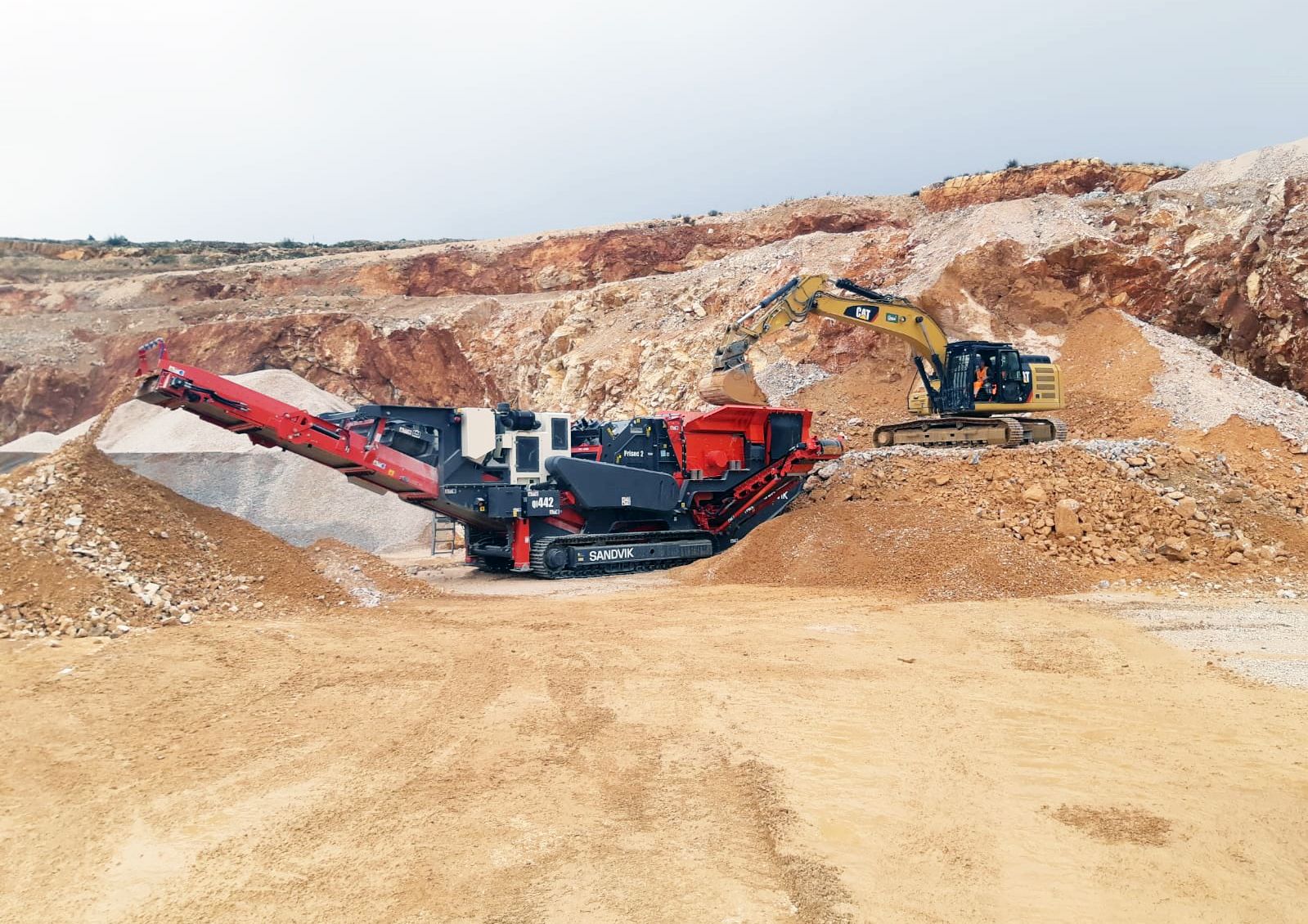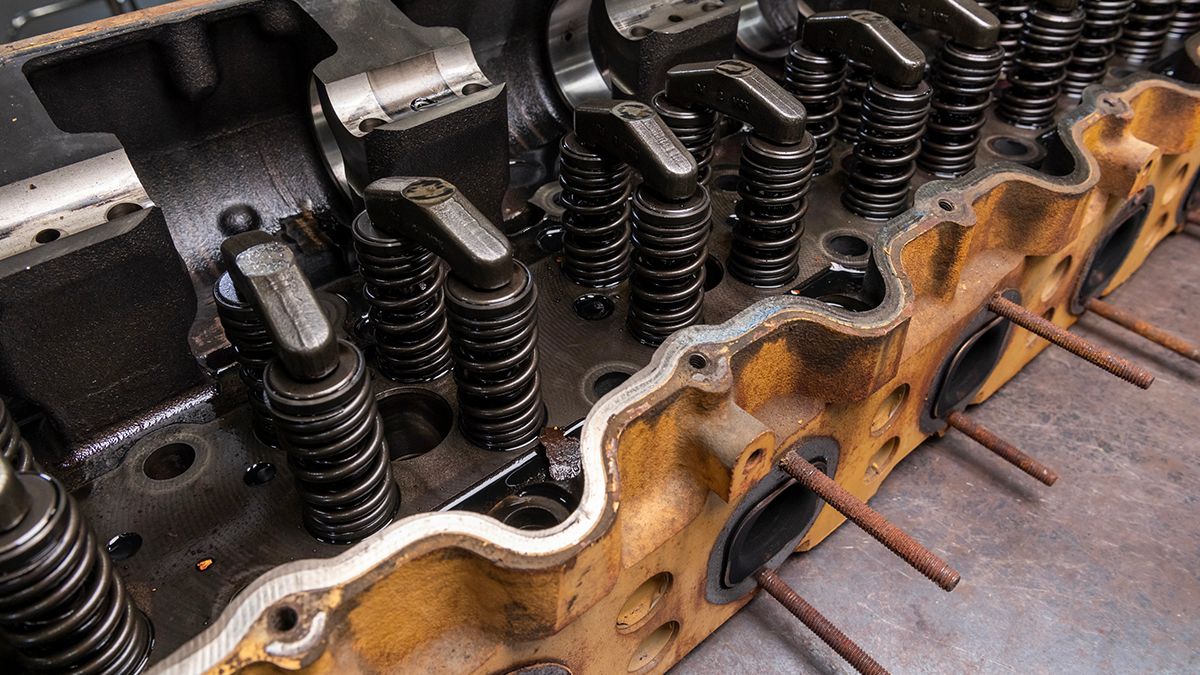

Sign In
Welcome! Sign In to personalize your Cat.com experience
If you already have an existing account with another Cat App, you can use the same account to sign in here
Register Now
One Account. All of Cat.
Your Caterpillar account is the single account you use to log in to select services and applications we offer. Shop for parts and machines online, manage your fleet, go mobile, and more.
Account Information
Site Settings
Security
A guide to HVO fuel
By Jenni Gritti Probst | Posted October 24, 2024
Reducing greenhouse gas emissions and promoting the use of renewable fuels like hydrotreated vegetable oil (HVO) have become significant focuses for our industry in recent years. The shift towards renewable fuels is driven by the need to mitigate the environmental impact of traditional fossil fuels and to work towards a more sustainable future.
What are the benefits of using HVO?
The use of lower-carbon intensity fuels like HVO brings several benefits. It contributes to a reduction in total lifecycle greenhouse gas emissions and performs well even in low temperatures. However, it's important to note that the use of HVO may lead to a slight reduction in maximum engine power output and a slight increase in fuel consumption. Furthermore, HVO can be stored in the same tanks as regular diesel, offering convenience and versatility in its application.
What are the differences between HVO and Diesel?
HVO is a modern, renewable diesel produced through a process called hydrotreating, which involves the conversion of the raw material to give it properties similar to regular diesel, thus making it a viable and sustainable fuel alternative. Diesel is a fossil fuel, which is a natural and slow process that has been subjected to heat and pressure deep within the earth for millions of years.

What are the benefits of HVO?
The key advantages of HVO are that its renewable and that it can be used like, and mixed with, regular diesel, making it a more sustainable choice when compared to conventional diesel.
Renewable fuels like HVO are derived from sources such as agricultural crops, used cooking oil, and animal fats. These bio-based feedstocks contribute to a lower lifecycle carbon footprint* and offer a promising option for individuals and industries that prioritize environmental conservation.
Applications for HVO
HVO fuel is making a significant impact in various sectors by providing a reduced carbon alternative to diesel. Within the industrial realm, HVO is powering heavy machinery like crushers, screeners, forklifts and backhoes, as well as stationary power sources such as generators, leading to reduced emissions. For agriculture, HVO is helping power modern tractors, harvesters, and irrigation systems, supporting new farming practices by reducing the lifecycle greenhouse gas emissions* of crop production.

Is HVO compatible with my Cat® engine?
Cat® engines are able to use HVO and have been for over a decade. Because HVO is a drop-in fuel solution, you do not need to make any adjustments to your engine before use.
It’s important to note that HVO is per diesel fuel specifications except for density. HVO has lower density than diesel fuels. HVO can be used as-is or blended with conventional diesel. Please refer to your operations and maintenance manual or contact your Cat dealer for details on the acceptable HVO specifications.
If you're curious about how Cat engines are evolving to meet the demands of the future and how they integrate with renewable fuels like HVO, consider reaching out to your local Cat dealer for more detailed information. Understanding the evolving landscape of sustainable technologies and alternative fuel options is essential for making informed decisions that align with environmental goals and industry advancements.
* Greenhouse gas emissions at the tailpipe are essentially the same as with traditional fuels.

Jenni Gritti Probst
Contributor
Not one to walk away from the chance to tell a good tale, Jenni spends her days crafting and sharing stories of the people, products and services that make the world a better place. When she’s not working her dream job at Caterpillar, she’s usually outdoors hiking, exploring, and playing in the dirt.
Related Blogs
-
Cat® Truck Engine Extended Service Coverage
Cat on-highway truck engine coverage plans give confidence with extended protection.
PROTECT YOUR ENGINE -
Day in the Life: Shaun Fogle
A commitment to innovation permeates Caterpillar Oil & Gas’ culture, which propels engineering excellence that empowers oilfield companies to achieve peak performance. Learn how engineering manager Shaun Fogle supports companies’ successes across the industry.
Learn More -
Power Up: Modernizing Gas Compression Operations with Cat® G3600 A4 Gen 2 Engine Upgrade
As gas compression operators face evolving requirements and operational needs, valuable engineering updates are available for existing Cat® engines of any age. The Cat G3600 A4 Gen 2 upgrade kit helps modernize A4 Gen 1 engines (Cat G3600s manufactured from 2015-2023) by not only lowering methane and other emissions but also offering the flexibility to increase power compared to the previous model.
Learn More -
Improve Your Leadership To Improve Your Safety Performance
Hear from a Caterpillar safety expert about the role leadership plays in building a resilient safety culture.
Learn More






